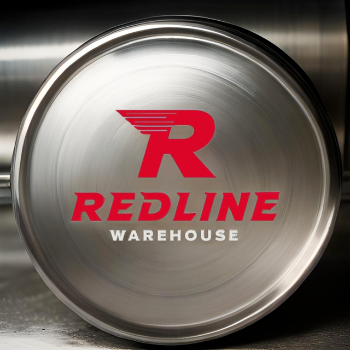All About Personal Protect Equipment: PPE and Me
Jan 28, 2025
Understanding Personal Protective Equipment (PPE)
Personal Protective Equipment, commonly known as PPE, plays a crucial role in ensuring the safety and well-being of individuals in various industries. PPE encompasses a wide range of protective gear designed to safeguard workers from specific hazards that may threaten their health while performing their duties.
The Importance of PPE
The significance of PPE cannot be overstated. In workplaces where employees are exposed to potential hazards like chemicals, infectious agents, physical impacts, or electrical risks, proper protective equipment is essential. By using appropriate PPE, organizations can not only comply with safety regulations but also foster a culture of health and safety among their workforce.
Types of PPE
PPE can be categorized into various types, depending on the specific risks workers might face:
- Protective Clothing: This includes coveralls, gowns, and lab coats that shield the body from hazardous materials.
- Respiratory Protection: Masks and respirators designed to protect the lungs from airborne contaminants.
- Eye and Face Protection: Safety goggles and face shields that prevent injuries from flying debris or splashes.
- Hand Protection: Various types of gloves, including chemical-resistant and cut-resistant options.
- Foot Protection: Safety boots and shoes designed to protect against heavy objects and slips.
PPE Compliance and Training
For effective implementation of PPE, organizations must prioritize compliance with regulations set forth by governing bodies such as OSHA (Occupational Safety and Health Administration). Regular training on the proper use, maintenance, and limitations of PPE is essential to ensure that employees can effectively protect themselves while on the job.
Choosing the Right PPE
When selecting PPE, employers should conduct a thorough risk assessment to identify the specific hazards present in the workplace. It’s crucial to involve employees in the selection process, as their input can provide valuable insights into their day-to-day tasks and the effectiveness of the chosen equipment.
Conclusion
In summary, Personal Protective Equipment (PPE) is an indispensable part of workplace safety. By understanding its importance, types, and implementation strategies, organizations can foster a safer work environment and protect their most valuable asset—their employees. Prioritizing PPE not only enhances workplace safety but also contributes to overall productivity and morale.

0 Comments